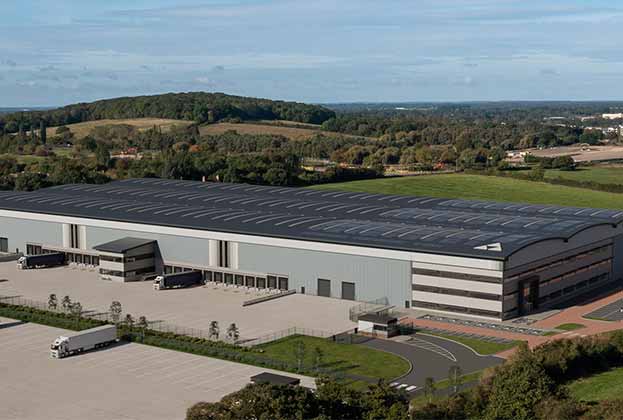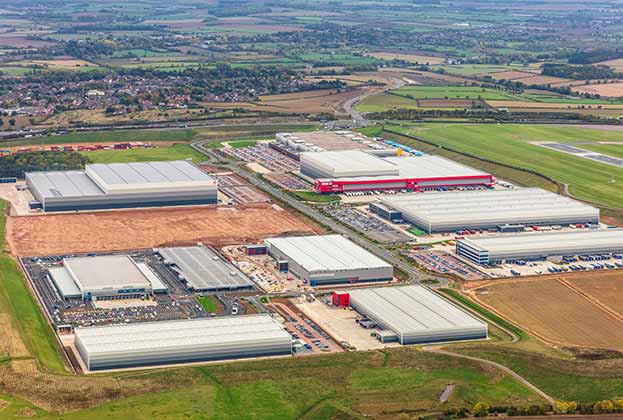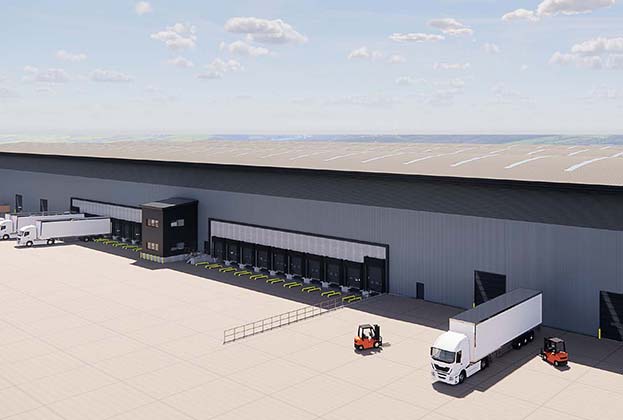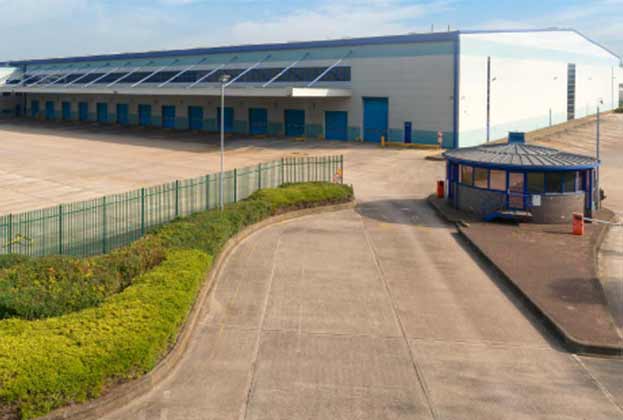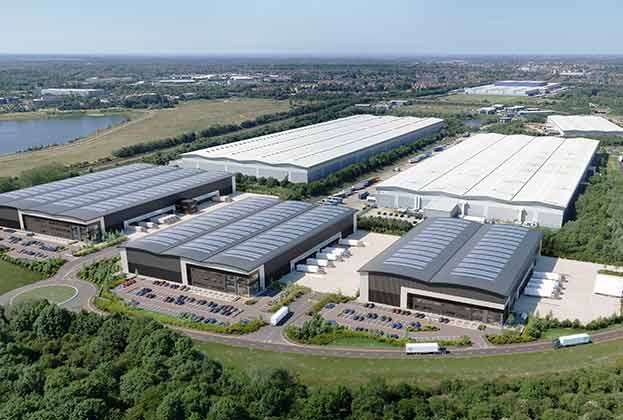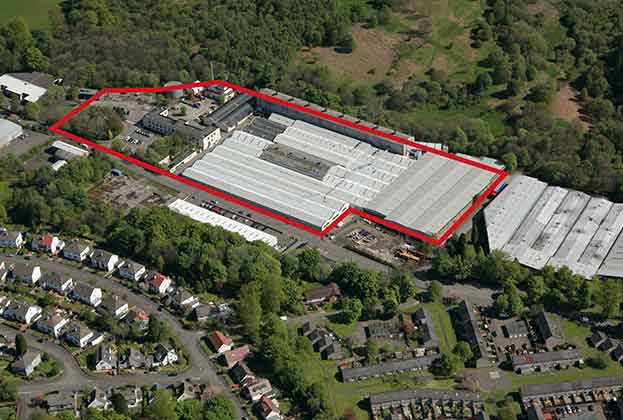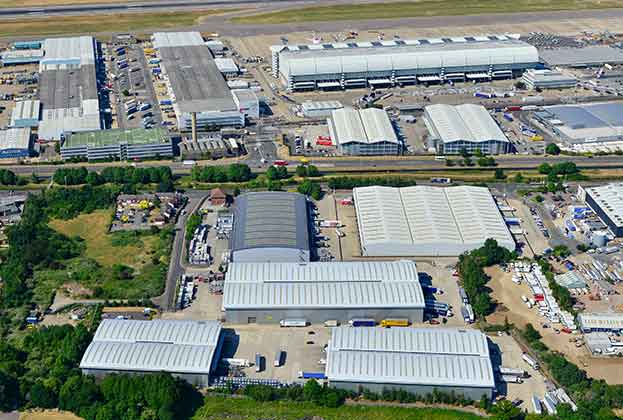Where next after another record year?
With take-up exceeding 50m sq ft for the second year in a row, and bearing in mind that the three-year average for take-up prior to the onset of Covid-19 was 32m sq ft per year, it is worth considering whether the market can continue operating at its current amplified level.
The first point to make is that requirements levels are not falling when compared to the last 18 months, averaging 108m sq ft per quarter. Given that requirement levels have been broadly stable for the last 18 months does demonstrate that there remains enough demand in the market to satisfy take-up continuing to hover around 50m sq ft per year.
The pinch point, however, is supply, which is at its lowest ever level. If we combine the current level of existing supply at 18.3m sq ft and add in the speculative pipeline of 18.6m sq ft that would mean that every single building on the market would have to lease in 2022 and a further 13.1m sq ft of BTS deals would need to be signed in order for take-up to exceed 50m sq ft. It should also be noted that 14.3m sq ft of second-hand supply was added to the market in 2021, much of which was leased quickly. Therefore it’s not impossible to suggest that take-up will remain at elevated levels, but it is clear the market can take more speculative development for the foreseeable future.
BUILD COST AND PROGRAMME
Whilst the market data is clear that more speculative development is needed to satisfy anticipated levels of demand, developers remain at the mercy of issues in global supply chains that are impacting the availability of key materials for warehouse construction.
Indeed, the latest indicators from the Savills ProgrammE and Cost Sentiment Survey (S.P.E.C.S) demonstrate that build costs and programme delivery time scales are continuing to rise. Whilst good project management and early orders can mitigate some of the issues, the overall impact remains that projects are taking longer to deliver than before.
In 2022, we expect that labour availability will become a larger issue as successive lockdowns and the impact of Brexit mean that there are fewer contractors in the market able to work in a market that has dramatically increased in size. Moreover, from April, the use of Red Diesel in construction will be banned. Whilst this move is aimed at pivoting heavy machinery to use less fossil fuels, the short term will be that fuel costs increase by 47p per litre, which has the knock-on impact of making earthworks considerably more expensive.
Read the articles within Big Shed Briefing below.
.jpg)
